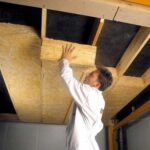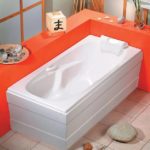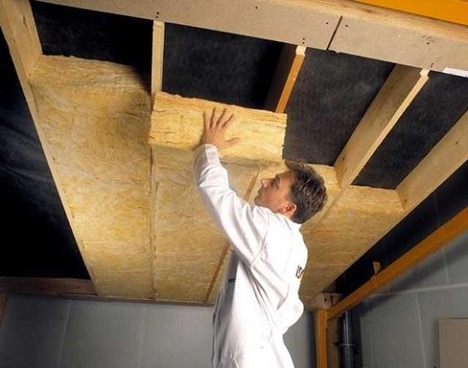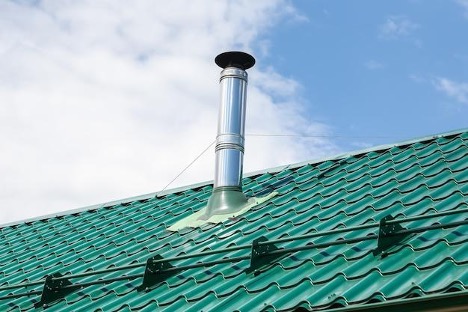Installation of soundproofing walls: how to attach acoustic trim without a frame
Creating a comfortable acoustic space in your home or office begins with effective installation of sound insulation. Noise from the street, neighbors' conversations or noise from household appliances can be significantly reduced by properly installing soundproofing walls. This article will help you figure out how to efficiently install acoustic panels and other soundproofing materials without using a frame.
The content of the article
Preparation for installation
The first step is the acoustic preparation of the room. Before starting work, it is important to carefully prepare the surface of the walls. Make sure the walls are clean, dry and level. If necessary, correct defects in plaster and painting. This will ensure better adhesion of soundproofing materials to the wall.
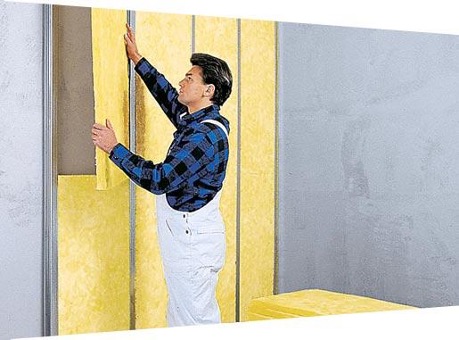
Selection of materials for sound insulation
Choosing the right material is a key point in installing sound insulation. There are various soundproofing systems, each with their own unique characteristics. Here are the main options to consider:
- acoustic panels, which are ideal for reducing echo and reverberation;
- thermal and sound insulation, which provides not only sound insulation, but also thermal insulation;
- foam materials, they are lightweight and effective at absorbing sound.
Installation process
Once the material is selected, you can begin installing the thermal and sound insulation on the wall or other selected material.When installing sound insulation without a frame, special adhesive compounds are used to ensure reliable attachment of the material to the wall. It is important to follow the manufacturer's instructions for the material and adhesive to achieve the best results.
How to attach sound insulation to a wall
This is a key issue when creating acoustic comfort in a room. For effective sound insulation, it is important not only to choose the right materials, but also to install them correctly. Here's a step-by-step guide on how to do it.
Before starting installation, make sure that the walls are prepared:
- Clean the walls from dust, dirt and grease stains.
- Check the walls for cracks or unevenness and repair them if necessary.
- Make sure the wall is dry, as moisture can negatively affect the adhesion of materials.
To install sound insulation without a frame, it is important to choose the appropriate adhesive. It is recommended to use specialized adhesives designed for acoustic materials. They will ensure reliable adhesion and durability of the installation.
Now that the wall surface and glue are ready, you can begin installation:
- Apply glue to the soundproofing material. Follow the manufacturer's recommendations on how best to do this.
- Carefully apply the material to the wall, starting from the corner or edge of the room.
- Press the material firmly against the wall to eliminate any air bubbles and ensure an even seal.
- Allow the glue to dry according to the manufacturer's instructions.
Please pay attention to the following points during installation:
- use a level to make sure the panels are level;
- if necessary, cut the material to exactly match the dimensions of the wall;
- for corners and hard-to-reach places, use smaller pieces of material;
- make sure there are no loose edges or un-glued areas;
- If necessary, carefully add glue in areas of insufficient adhesion.
After installing soundproofing, minimal maintenance is required. Regularly check the condition of soundproofing materials. Also follow the manufacturer's recommendations for care and cleaning of materials.
Installation of sound insulation requires a careful approach and compliance with all technological nuances. Correctly installed acoustic finishing of a room will significantly improve the comfort and quality of living or working in the room.
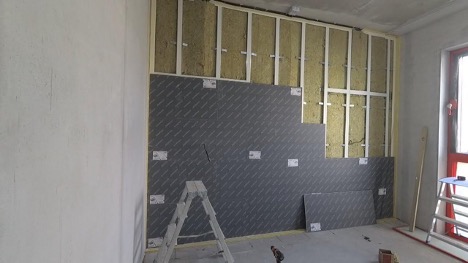
Installation Features
Acoustic finishing of a room requires attention to detail. Here are some tips to help you achieve better results:
- Make sure that the glue is evenly distributed over the entire surface of the material.
- Apply the material to the wall carefully to avoid the formation of air pockets.
- Allow the glue to dry for the time specified by the manufacturer before using the room.
Completion of work and subsequent care
After the installation of soundproofing is completed, it is important to make sure that all elements are securely fastened and there are no loose edges. If you notice any uneven or loose areas, carefully correct them. Caring for acoustic panels and other soundproofing materials is easy, but the manufacturer's cleaning and maintenance recommendations should be followed to prolong the life of the materials.
Conclusion
A careful approach to the installation of acoustic panels and other soundproofing materials will ensure you comfort and silence in your room.Properly installed sound insulation without a frame will significantly improve the acoustic characteristics of the room, making it more comfortable and functional.

